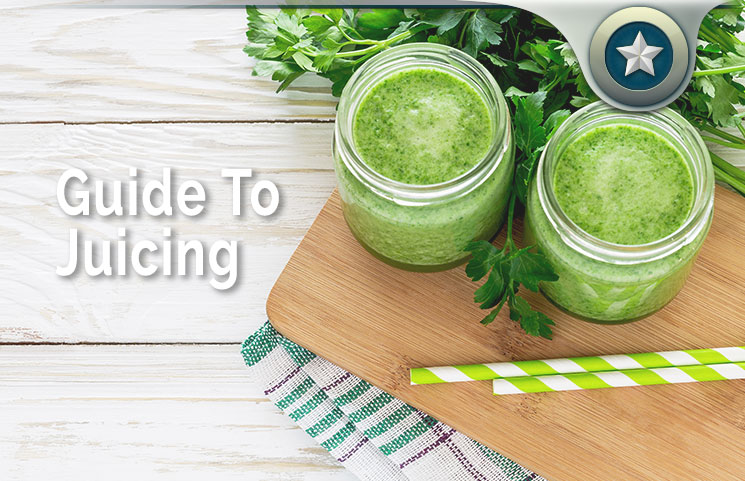The Ultimate Guide To Juicing In 2015
Juicing is one of the hottest trends of the year. Sure, juicers have been around for decades, but today, more and more health-conscious people are “juicing” in order to get the vitamins and nutrients they need to stay healthy.
So what’s the big deal with juicing? Which juicer should you buy? Why does juicing help you live longer? Keep reading to discover the answers to all of these questions and more!
What Is Juicing?
Juicing is the process of extracting nutrient-rich juices from fruits and vegetables. These fresh vegetable and fruit juices have been linked with extraordinary health benefits.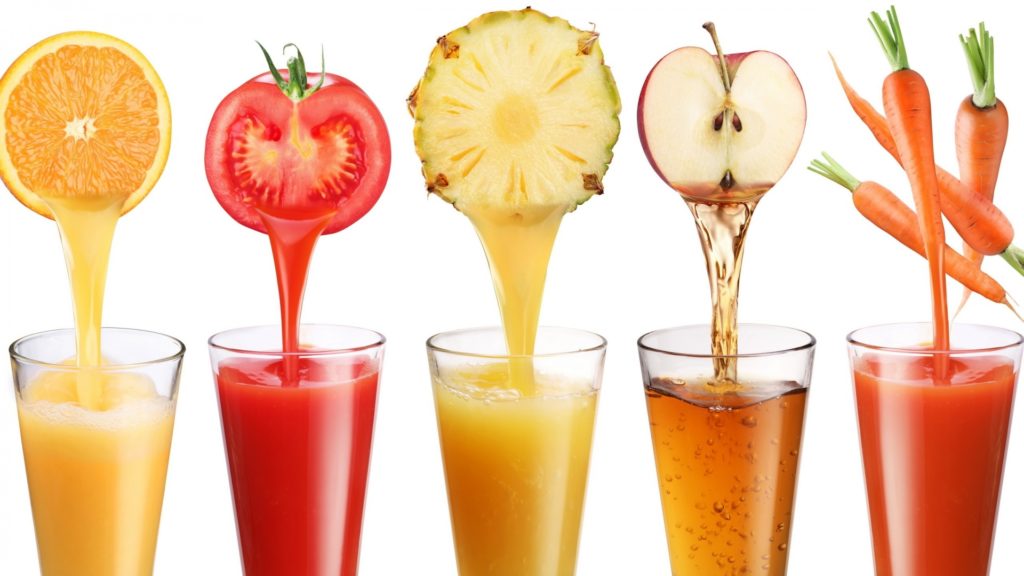
Juicing is a convenient way to get your recommended daily intake of fruits and vegetables. Instead of eating 5 whole apples, you can extract the vitamins and nutrients from 5 apples, combine them with other fruits and vegetables, and make a delicious juice that’s convenient, portable, and easy to drink.
Table of Contents
Top 5 Reasons Why You Should Consider Juicing
-
Because Juicing Helps You Live Longer
Buying a juicer helps you live anywhere from 2 to 15 years longer than you would without a juicer. Our bodies are complex organisms which require a lot of vitamins and nutrients in order to work properly.When we can’t get these vitamins and nutrients, our bodies suffer. That means more stress on our organs and reduced efficiency. Ultimately, this leads to shorter lifespan.
-
Because It’s A Convenient Way To Eat Fruits And Vegetables
Let’s face it: most of us don’t get our recommended daily amounts of fruits and vegetables. Doctors recommend adults between the ages of 19 and 50 eat 8-10 servings of fruits and vegetables every day. One medium-sized apple is a serving. One grapefruit is two servings, and fruit and vegetable juice contains 2 servings per cup (500mL, or about 16oz). In a juicer, you can easily get your recommended daily dose with just one or two large glasses of nutrient-rich juice.
-
Because You Increase Your Body’s Absorption Of Vitamins And Nutrients
Juicers are a convenient way to consume more fruits and vegetables. But they also enhance your body’s ability to absorb the vitamins and nutrients within those fruits and vegetables. Our bodies use less energy to absorb liquids compared to solid foods. This increases the bioavailability of the juice, which means our bodies can access the nutrients more easily.
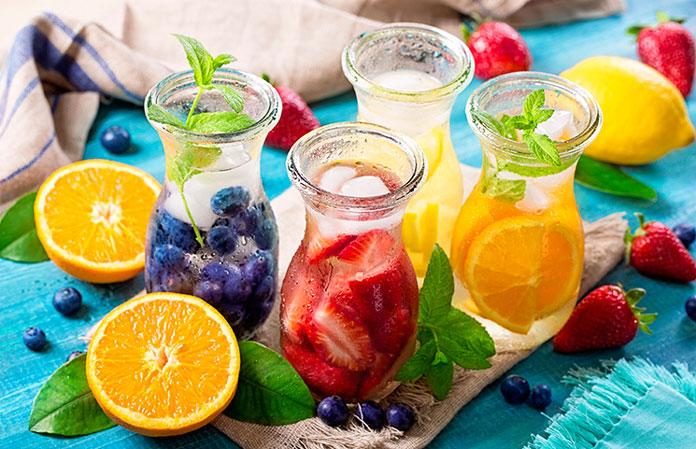
-
Pure Juice With No (or Very Little) Pulp
One of the key differences between juicers and blenders is that juicers extract the juice while leaving he pulp behind. This is a huge advantage for people who don’t like the pulp of fruits like blueberries or oranges. Of course, the pulp contains some nutrients – especially fiber – so some people save that pulp and use it when baking muffins or other recipes. Typically, the higher end juicers are particularly good at removing pulp, while cheaper juicers leave some pulp behind.
-
There Are Thousands Of Healthy And Delicious Recipes To Enjoy
Juicing is a full-blown phenomenon. You’ll find entire websites and forums dedicated to juicing. There are thousands of delicious and healthy recipes out there which help you unlock all sorts of different health benefits. When you buy a juicer, you’re not limiting yourself to a handful of different recipes: you’re opening a world of opportunity.
What’s The Difference Between Juices And Smoothies?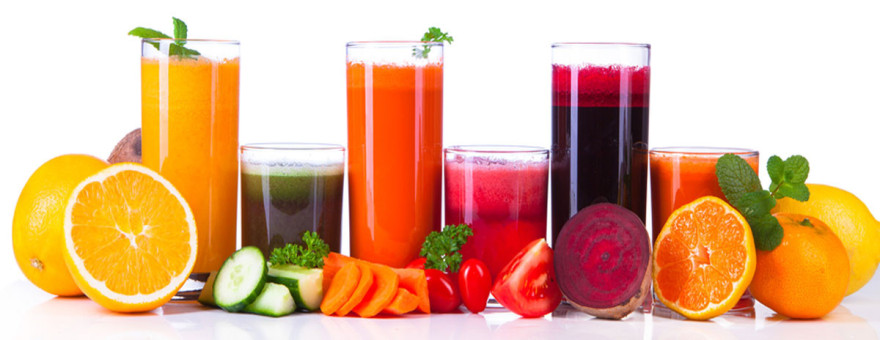
A lot of people ask us about the difference between juicing and smoothies.
Here’s the truth: smoothies are typically made in blenders. They contain pureed fruits and vegetables along with milk, water, yogurt, supplements, or other ingredients.
Juices, on the other hand, are made in juicers. Juicers separate the fiber of the fruit or vegetable from the liquid, giving you a clean, pure fruit or vegetable juice extract.
Can You Make Juice In A Blender?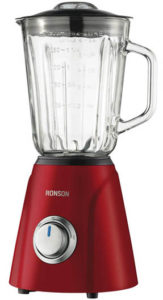
Contrary to what some juicing experts might tell you, you can make juice in a blender. Just don’t expect the same results as you would with a genuine juicer.
To make juice in a blender, simply add the fruits like you normally would, blend them, and strain the fibers using a colander or mesh sieve. Some also recommend using a nut milk bag to strain out the juices.
Yes, it will be a bit messy. No, you won’t get the same results. But if you really want some juice and all you have is a blender, then this is a good “backup” option.
Health Benefits Of Juicing
As mentioned above, juicing has been linked with a number of powerful health benefits. That makes sense, because you’re consuming lots of fruits and vegetables with very high bioavailability. Here are some of the most important things to know about the health benefits of juicing:
Lose Weight
Many people buy a juicer with the goal of losing weight. Juicers are great for weight loss because they make you feel temporarily satiated without being packed full of calories or carbs. If you’re trying to lose weight using a juicer, make sure you incorporate a diverse range of foods – not just juices.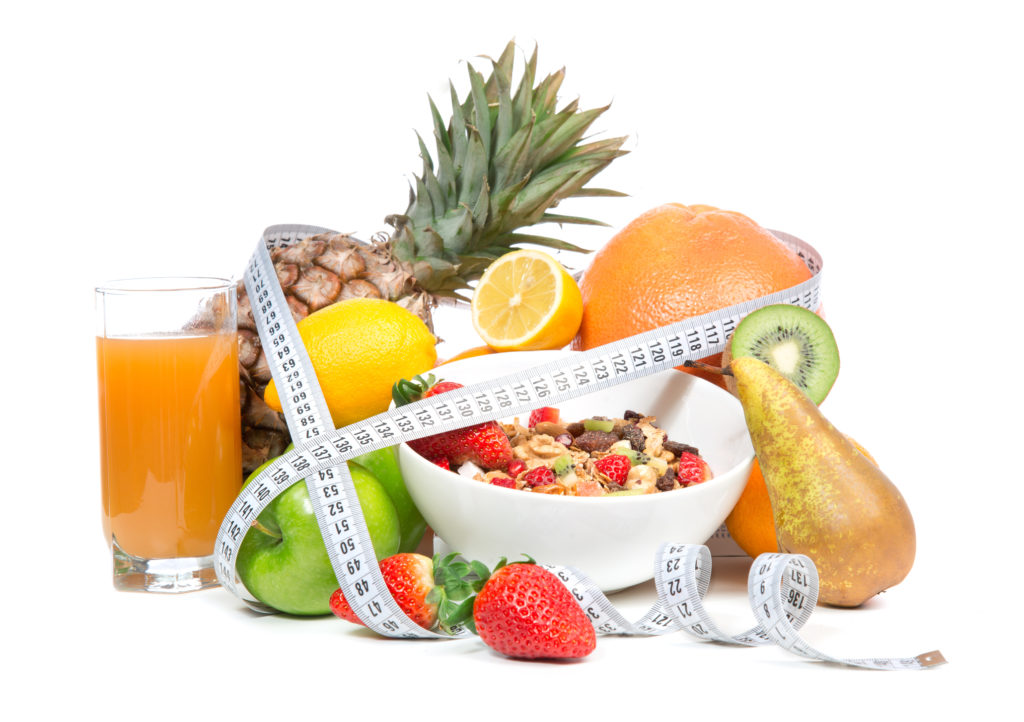
Live Longer
As mentioned above, you can live a healthier life with your juicer. If you use a juicer properly and are ingesting your recommended daily number of servings of fruits and vegetables, you can expect to live anywhere from 2 to 10 years longer.
Regulate pH Balance In The Body
One of the hidden health benefits of juicing is raising the pH balance in the body, which can help protect us from a wide range of conditions and illnesses, including osteoporosis, diabetes, and heart disease. All of these diseases – and others – are related to acidic imbalances.
Boost Immune System Functionality
Certain juice recipes have been liked with boosted immune system functionality. You can effectively “supercharge” your immune system with your juicer, which reduces your chances of getting certain illnesses and diseases.

Reduce The Effects Of Aging
Fruits and vegetables are rich with antioxidants. When you use a juicer, these antioxidants become more bioavailable, which means your body can easily digest them and extract their full benefits. Antioxidants target dangerous free radicals throughout the body and the brain. Free radicals lead to aging, so eliminating free radicals is an easy way to reduce the effects of aging while looking considerably younger. The same benefits as whatever whole fruits and vegetables you’re eating, only magnified
Ultimately, I can’t list all of the benefits of juicing here because there are simply too many to list. When juicing, you get to experience the same benefits as you would when eating whole fruits and vegetables – only those benefits are magnified. Juicers break down cell walls and strip away fiber, which facilitates absorption and helps the body process nutrients more quickly and efficiently.
A Word Of Warning: You Can’t Live Off Just Juices
It’s important to recognize that you can’t just live off juices. You need to add protein and fiber to your diet. Juices are packed with vitamins and nutrients, but they lack certain essential ingredients. Due to their lack of fiber and protein, juices typically don’t satiate your appetite. Make sure you’re incorporating a diverse range of foods into your diet.
JUICERS DON’T AUTOMATICALLY MAKE YOU HEALTHIER
Of course, juicers don’t automatically make you healthier: you need to pick the right ingredients and the right juicer before you start enjoying all of the above health benefits.
How To Use A Juicer
Okay, you’ve learned about the benefits of juicing and why juicing could change your life. Now it’s time to learn how to use a juicer. This part is ridiculously easy (and also a lot of fun). Follow These Steps:
- Buy the produce you want to juice: Ideally, you’re using fresh, organic fruits and vegetables you’ve discovered in online recipes or other sources. Try buying chemical-free produce to maximize benefits while reducing any potential harmful side-effects.
- Prepare your produce for juicing: Clean your fruits and veggies, then slice them into smaller pieces that will fit into the main opening of your juicer. You don’t need to peel fruit or remove any cores – your juicer will do the hard work for you.
- Feed your produce into the juicer: This is the fun part. Put all your fruits and vegetables into the juicer, then start blending.
- Drink: Pour your juice into a glass and enjoy!

Types Of Juicers
There are three primary types of juicers on the market today:
— Centrifugal Juicers
— Cold Press (Masticating) Juicers
— Triturating Juicers
No matter which type of juicer you buy, you’re probably going to be comparing products based on two qualities: price and nutritional value. How much does the juicer cost? What kinds of vitamins and nutrients does it help you access?
The main advantage of centrifugal juicers is that they’re cheap. The main disadvantage is that the high-speed spinning motor generates heat, which destroys some of the delicate vitamins and nutrients in your juice.
Cold press juicers, as the name suggests, do not generate a lot of heat. They’re also called “masticating” juicers because they chew – or masticate – fruits and vegetables and extract the juice. They’re slower and more expensive, but typically offer better nutritional value.
There are also triturating juicers, but they’re not as popular. They press fruit in order to extract juices, which tends to offer the best extraction ratio. Although they’re highly efficient, they can be very expensive.
Certain types of blenders also classify themselves as “juicers”.
Where Can I Buy Juicers?
You can buy juicers at a growing number of brick-and-mortar retailers around the world. Wal-Mart, Walgreens, and similar retailers all have a limited number of juicers for sale.
However, the best selection of juicers can be found online. Amazon and other online retailers sell hundreds of different juices from a diverse range of brands.
Expect to pay between $50 and $400 for a juicer. The lower end of that range includes low-powered juicers/blenders like the Magic Bullet, while the upper end would include the Twin Gear line of juicers, which costs up to $1200.
As you can see, juicers vary widely in terms of price. Below, you’ll find a detailed explanation of the best juicers on the market today and the best brands to buy.
How To Compare Juicers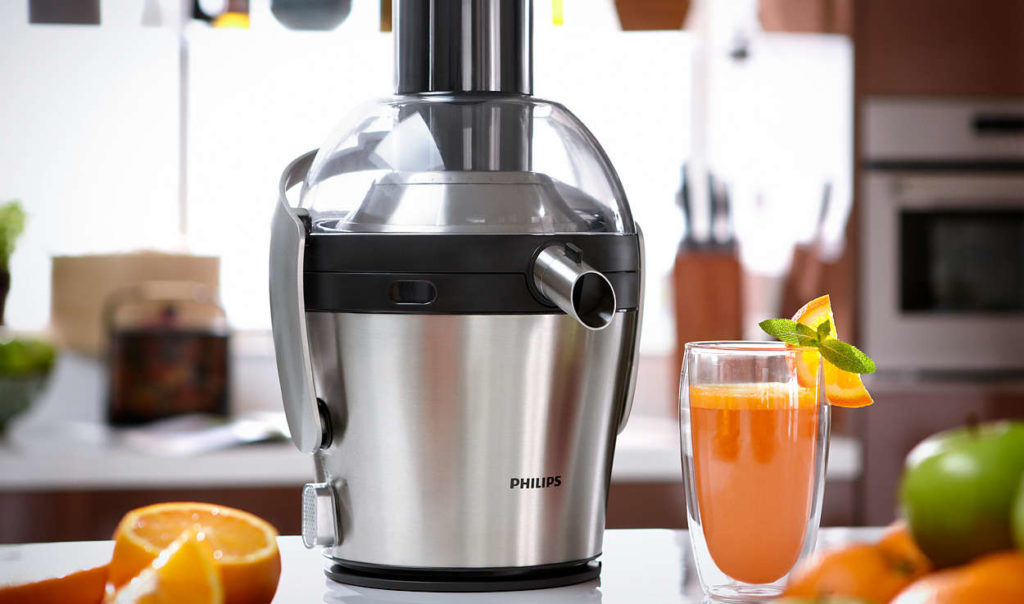
When you’re shopping for juicers, I recommend comparing them based on the following qualities:
Type
Juicers can be centrifugal, masticating, or triturating. Centrifugal juicers grind, masticating juicers chew, and triturating juicers press. Triturating juicers are the most expensive, while centrifugal juicers are the cheapest – although their relatively high operating temperatures kill the value of certain nutrients. Masticating juicers are slow but effective at extracting every last drop from fruits and vegetables.
Features
Next, you need to compare the different features of your juice makers. Juicers typically have anywhere from 1 to 5 different speed settings. Some juicers have detachable pitchers that you can use to pour fresh juice into a cup, while others extract the juice directly into that cup. Some juicers are dishwasher safe, while others need to be hand washed.
Size and Portability
If you live in a small apartment, you might not be able to fit a large juicer onto your countertop. You also might not be able to easily store it. If space is a factor, then you may have to avoid the larger juicers.
Other Points Of Comparison
Other ways to compare juicers include the quality of parts used, the use of BPA-free plastic, bonus gifts like recipe books, power of the motor (measured in watts or horsepower), quality of parts used (stainless steel or plastic), and a dishwasher-safe strainer.
By carefully weighing all of these points of comparison, you can find a juicer that works perfectly for your needs.
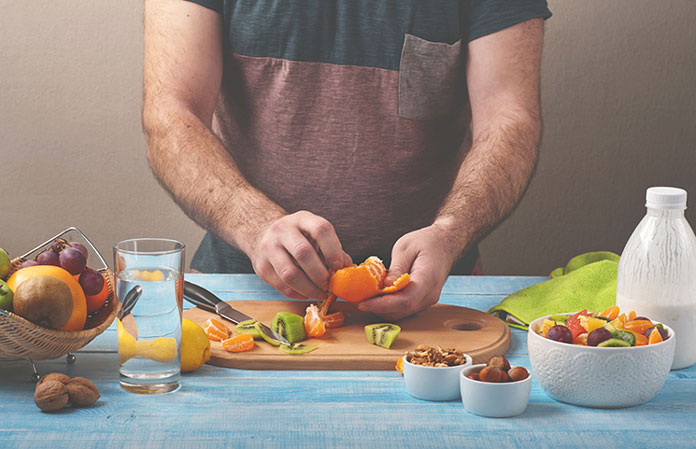
Most Popular Fruits And Veggies To Juice
- Apples: Apples are rich with antioxidants and contain detoxifying compounds. Apples can also sweeten a bitter juice and aid digestion, which makes juices go down more easily.
- Kale: Kale is also rich with antioxidants and has a particularly powerful healing effect on the skin and the blood. It’s rich with dozens of essential vitamins and minerals, including potassium, vitamin A, vitamin B6, iron, and much more.
- Lemons: Add a little tartness to any juice by squeezing in a lemon. Lemons are great alkalizers, which means they help restore the body’s natural pH balance. Lemons also have a lot of vitamin C.
- Carrots: Carrots are rich with B vitamins and add a unique, natural sweetness to juices. They’re also rich with antioxidants, vitamins, and minerals.
- Cucumbers: Cucumbers are powerful healers which are great for your skin and hair. The high water content will dilute your juice, making it less rich. Cucumber-based juices are particularly popular for weight loss.
- Ginger: Ginger’s main benefit is aiding digestion. It also acts as an anti-inflammatory agent and can alleviate the symptoms of allergies, colds, and flu.
- Cilantro: Cilantro gives your juice a unique taste while also helping the body cleanse itself of toxins and heavy metals. Cilantro acts as an anti-inflammatory and has also been linked to more balanced hormones.
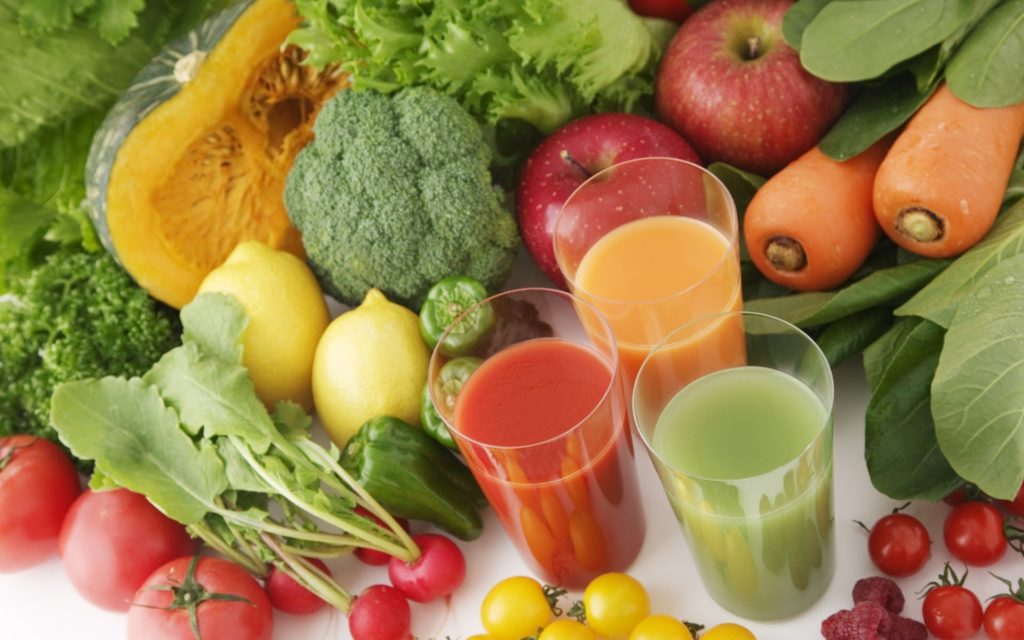
- Pineapples: Pineapples contain a unique enzyme called bromelain which helps facilitate the body’s digestion of protein.
- Cranberries: Cranberries are nature’s detoxifying fruit. They contain high levels of compounds called proanthocyanidins, which are particularly effective at targeting the bacteria which cause UTIs. Cranberries are also rich with antioxidants, giving them powerful anti-aging benefits.
- Cabbage: Cabbage is a popular juicing ingredient because it’s cheap, rich with vitamin C and folate, and contains high levels of water. That means you can hydrate your body while enjoying other powerful benefits.
- Celery: Celery contains high levels of potassium and water, which means it can dilute other strong flavors in your juice while providing some powerful benefits of its own – like more regular blood pressures levels.
- Stinging Nettles: Many people will be surprised to see this on the list. Stinging nettles are rich with iron, vitamin C, and potassium (along with many other nutrients). Some people boil them to make a tea, while others add them to juice.
- Wheatgrass: You know when you see those super-healthy people taking shots of green liquid? That’s wheatgrass. Wheatgrass doesn’t taste great on its own, but it contains vitamins like C, E, and K. It’s also hard for the body to digest due to the high cellulose content, so start by adding a small amount to your juice.
- Parsley: Parsley improves body odor and breath while also being high in chlorophyll. It oxidizes the blood, which helps to deliver fuel to your body’s organs. Parsley does all of this while also acting as a major detoxifier.
- Beets: Beets act as a blood purifier and blood builder. They contain unique compounds which can dissolve kidney, liver, and bladder stones before they become a health problem.
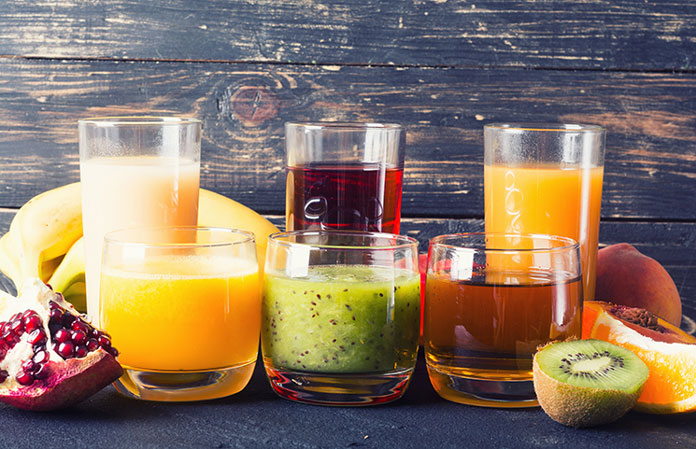
Top 10 Juicers For 2015
Here are the world’s top 10 most popular juicers, ranked in no particular order. Since your needs vary from the needs of another juicer, it’s tough to say one juicer is better than another. Some juicers are great for grinding heavy fruits and vegetables, while others are more suited for light vegetables and salad dressings, for example.
Here are the most popular juicers on the market today – along with their unique advantages and disadvantages:
Hamilton Big Mouth Juice Extractor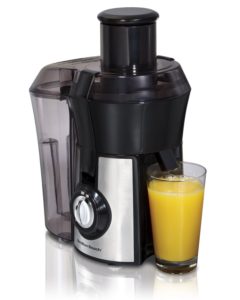
The Hamilton Beach Big Mouth Juice Extractor features a large 3-inch feed tube, which is more than enough room even for larger fruits and vegetables. It uses a sharp, clean, stainless steel cutter as well as a stainless steel strainer which doesn’t need to be cleaned as frequently as its competitors. All of the removable plastic parts are also dishwasher safe. Oh, and did I mention it has an 800 watt motor?
Pros: High-powered juicer with 800 watt motor; large 3-inch feeding tube; easy cleanup; dishwasher safe parts; great for larger, harder fruits and vegetable; stainless steel strainer and cutter; great value.
Cons: Plastic feels cheap compared to its competitors; parts are easy to clean, but there are lots of parts; loud; shakes heavily when processing heavy fruits and vegetables; mixed reports of motors failing within a few months of purchase.
Black & Decker Juice Extractor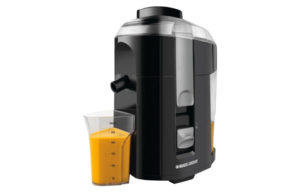
The Black & Decker Juice Extractor is available at a competitive price (often under $30) and offers decent juicing capabilities. All the parts are dishwasher safe. However, it has a small feed chute, which means you’ll need to cut up your produce before you put it in. The 400 watt motor is decent, although not as powerful as its 600W-plus competitors.
Pros: Clear lid lets you see what’s going on inside; dual-action safety locking mechanism to prevent injury; non-skid bottom to secure it to countertop; 28-ounce pulp collector; relatively easy to clean.
Cons: 300ml juice collector; 400 watt motor; small feed chute; cheap plastic feel.
Cuisinart Juice Extractor
The Cuisinart Juice Extractor is a premium juicer model which typically retails for around $150. Its large 2 liter pulp container is very effective at separating pulp from the juice, and you can also use all that pulp for other purposes, like baking (or just dump it out). It also comes with a cleaning brush, and all the removable parts are dishwasher safe. The 1000 watt motor will handle just about anything you throw at it – even though it’s ridiculously quiet.
Pros: Very quiet; foam management filter disk, which removes unwanted foam from the top of your juice; removable juice pitcher with anti-drip spout; compact enough to keep leftover juice in your fridge; dishwasher safe removable parts; large 3 inch feed tube; 5 speed dial; 2 liter pulp container; 1 liter juice pitcher; 1000 watt motor; high-quality stainless steel design.
Cons: 15 pounds heavy, which means it’s not very portable.
Breville Juice Fountain Elite
Juice Fountain Elite comes with an elite price tag of around $300. At that price, you get a 1,000 watt motor, a strainer with 40,000 (!) tiny openings, and a high-quality stainless steel design. The Juice Fountain Elite also looks really cool – it looks like something from the future. The 3-inch feed tube and 1.1-quart (1.04 liter) juice container make more than enough juice for most your needs.
Pros: Commercial-grade quality at a competitive price; 1,000 watt motor; 13,000rpm juicing speeds; strainer with 40,000 tiny openings; 3 inch feed chute; high-quality aesthetically-pleasing design; stainless steel appliances; all removable parts are dishwasher safe.
Cons: One year limited warranty; strainer can be a little difficult to clean, even with the included brush
Krups Juice Extractor
The Krups Stainless Steel Juice Extractor features a powerful 900-watt motor along with a 3-inch feed tube and a uniquely large 2.2L pulp container. It also includes a cleaning brush and a 2 year international warranty. The only real oddity is that there are only two speeds – high and low. Other than that, this is a high-quality juicer which should handle all your juicing needs.
Pros: Looks good on any countertop; high-quality manufacturing; great value; 900 watt motor; 2.2L pulp container; stainless steel micro-mesh filter; 3-inch feed tube.
Cons: Lengthy cleaning process which requires removing 7 different parts; weighs 15 pounds.
Ninja Mega Kitchen System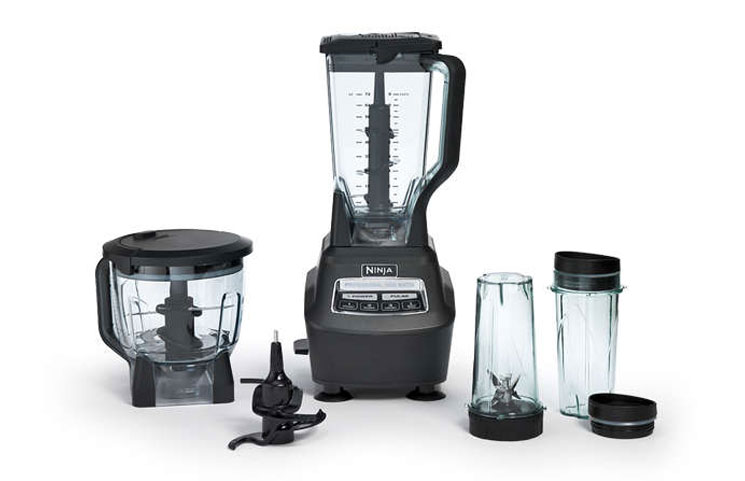
The Ninja Mega Kitchen System isn’t technically a juicer: it’s a blender. But it does contain juicer-specific parts like the “Nutri Ninja Cups”. You’ll still have to strain your mixture through a colander to extract the juices. It’s a bit expensive for what you get, but also offers a powerful 1500 watt motor. The plastic components are BPA free and dishwasher safe.
Pros: 1500 watt motor; multiple components, including cups, bowls, and pitchers; BPA free plastic; dishwasher safe and easy to clean; effective mixing, blending, and processing power.
Cons: Mixed reports of early failure, including stripped motors and other defects; expensive compared to its competitors; not technically a juicer, so you’ll need to strain juice yourself after blending.
Tribest Slowstar
The Tribest Slowtar is the first single auger masticating juicer on this list. It juices at speeds as slow as 47rpm using a 200 watt motor. It uses a double-edged auger to easily slice through any fruits and vegetables you feed to it. The slow-moving, single auger mechanism reduces nutrient loss because no heat builds up while juicing.
Pros: Single auger masticating juicer; no heat buildup means no nutrient loss; powerful double-edged auger slices through just about anything, even at slow speeds; creates dry pulp and clean, pulp-free juice; relatively quiet;
Cons: Cleanup takes slightly longer than other juicers.
Omega Mega Mouth Juicer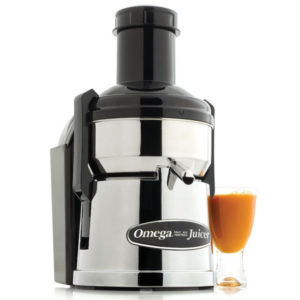
The Omega Mega Mouth juicer is one of over 30 different juicers offered by Omega. The Mega Mouth is one of the company’s newest models. It offers high 11,000rpm speed and a modest 375 watt motor. It may not be the most powerful juicer on the market, but at this price, it nevertheless offers good value. The extra-large feed chute means you’ll almost never have to chop up fruits and vegetables.
Pros: Stainless steel; 11,000rpm speeds; extra-large feed chute; stainless steel; automatic pulp ejection; designed for commercial use, but suited for household use; 10 year warranty.
Cons: Weighs 16 pounds; relatively weak 375 watt motor; single speed design.
Waring Pro Juice Extractor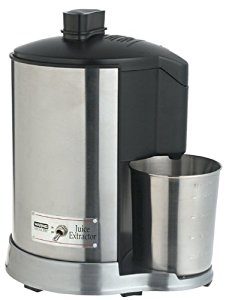
The Waring Pro Juice Extractor weighs just 8 pounds, but don’t let its pint-sized appearance fool you. This juicer packs a powerful punch. The 3-inch food chute at the top is capable of handling large chunks of fruits and vegetables, and all the removable parts are dishwasher safe.
Pros: Includes plastic pusher to move produce through the juicer; 400 watt motor; large 3-inch feed chute; stainless steel housing and cups; strainer and all other parts are easy to clean; competitive price; weighs just 8 pounds.
Cons: Not as powerful as its competitors; single-speed on/off switch; cheap plastic parts within.
Breville Juice Fountain Ikon
The Breville Juice Fountain Ikon is one of about a dozen different “Breville Juice Fountain” models. It’s priced for around $200 online and features a 900-watt motor with 5 different speeds. Interestingly enough, it also has a smart chip which detects heavy loads within the juicer and increases power to the motor when necessary. This ultimately makes the Ikon more efficient at extracting the maximum amount of juice from fruits and veggies.
Pros: Fast speeds (can make an 8 ounce class of juice in about 6 seconds); 3-inch feed chute; smart chip which detects heavy loads; stainless steel parts; easy cleaning; froth separator; 5 different speeds; 900 watt motor.
Cons: 1 year warranty.
NutriBullet
The NutriBullet isn’t typically considered a “juicer”. It’s more of a blender because it uses spinning blades to chop fruits and vegetables into smaller pieces. The NutriBullet will not extract fibers or pulp from your juice. However, you can easily pour your juice through a strainer to enjoy basically the same effect.
Pros: Conveniently-sized and very portable; pulverizes fruits and vegetables with 600 watt motor; 10,000rpm; BPA-free plastic cups; very easy to clean.
Cons: Bit expensive compared to its competitors; loud; one year warranty.
Are There Any Downsides To Owning A Juicer?
If you just digested all of the information listed above, you might think that juicers are the best thing ever invented.
It’s true… Juicers are amazing products which can have a powerful effect on your life, your health, and your energy. But juicers aren’t perfect.
Here are some downsides to juicer ownership:
- You might spend a lot of money on fruits and vegetables: One of the hidden costs of owning a juicer is spending a lot more money on fruits and vegetables. Fortunately, you can avoid these high costs by simply buying bulk, which is cheap and easy.
- Some can be difficult to clean: One of the major downsides of cheap juicers is that they’re difficult and annoying to clean. Some have a bunch of different parts which need to be disassembled and put back together, while other just stubbornly refuse to come clean.
- Some can be difficult to store: Some juicers are quite large, which makes them difficult to store in small apartments or cramped countertop spaces.
Conclusion – Should You Buy A Juicer?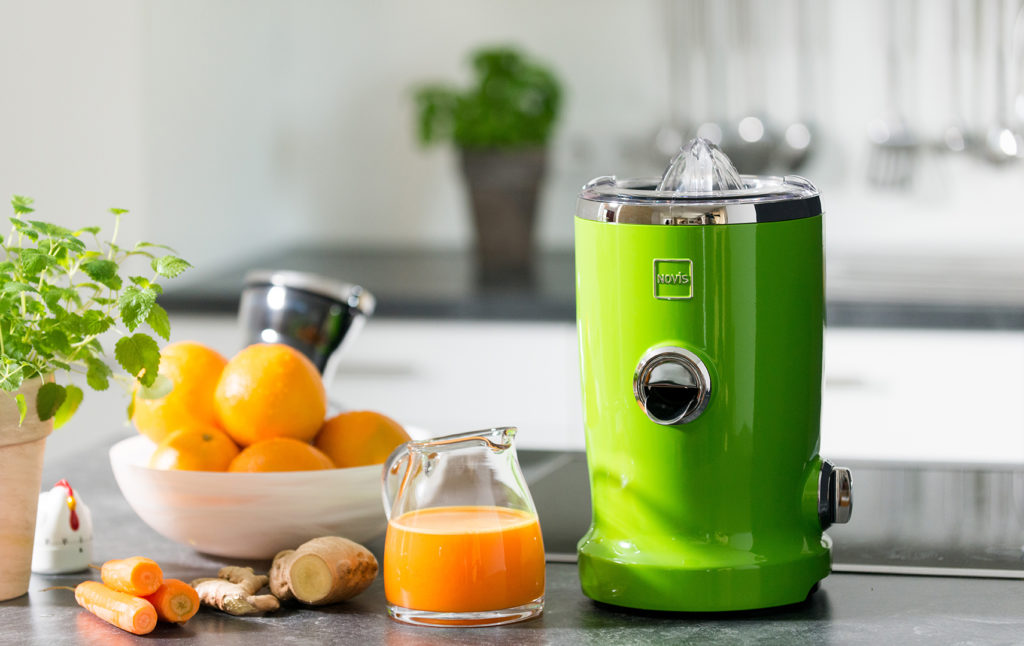
I don’t know about you, but when I buy a home appliance, I don’t use it nearly as often as I should. I recently purchased an expensive stand mixer, but I hardly do any baking.
But with my juicer, I find myself actually using it almost every day. After buying my juicer, I combed through online sites trying to find the best recipes, the best “secret” juicing tips and tricks, and all sorts of other interesting information. It was like discovering a new way of life.
I feel healthier and I know I’m getting more fruits and vegetables than I was before getting my juicer.
Buying a juicer won’t automatically make you healthier, but if you make the right nutritional choices and consistently add healthy juices to your diet, then you’ll be able to enjoy some amazing health benefits thanks to 2015’s best juicers.






